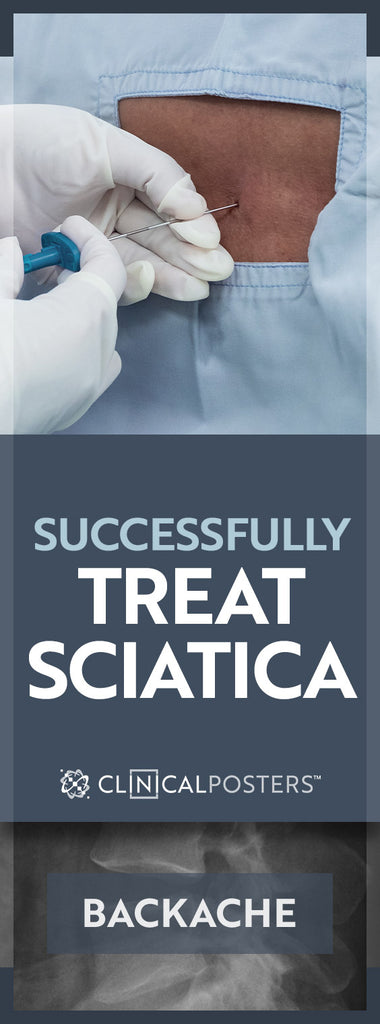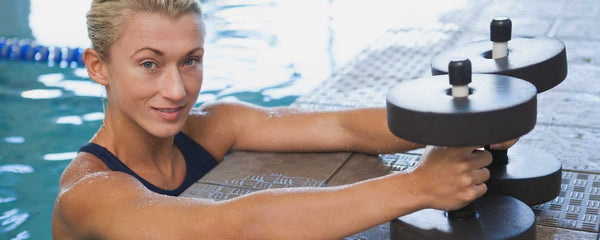Stop The Back Pain!
Pain is the ultimate motivator. With hopes of relieving it, people spend much money on special chairs, mattresses, medical imaging, acupuncture, chiropractic visits, and various other medical procedures. Well-meaning friends offer a wealth of costly and sometimes ineffective suggestions.
Telling a physician that surgery is out of question should be something mentioned before spending thousands of dollars that may have been better allocated for physical therapy or gym membership with a personal trainer. At the outset, a cautious doctor and also a patient should ask: “How far am I willing to go with treatment?” Some patients limit care to medicinal remedies.
Backaches can virtually immobilize a patient, making it difficult to sit, stand, walk or lift. Allowing inflammation to subside may require putting less pressure on spine while increasing exercise; it seems counterproductive. In some cases, immobilization is required.
The spinal column is housed within vertebrae with nerves extending through the neural foraminae to various parts of the body. This can lead to referred pain beyond the back. As a result, a patient could find himself visiting neurologists, rheumatologists, chiropractors, physical therapists, orthopedic surgeons, and perhaps oncologists. With many caregivers, each may prescribe treatment plans that conflict with another.
Pinpointing the cause can result in extended pain during treatment. For example, initial exercise and physical therapy routines are uncomfortable; surgery is often followed by unpleasant rehabilitation. When pain is in the back as well as an extremity, a medical procedure often has a higher incidence of improving the leg or arms than the back.
If 70 percent of the leg numbness and shooting pain is eliminated but 70 percent of the back pain remains, a patient will still not feel 100 percent better. A pain scale is frequently used to help evaluate improvement. Often residual pain must be address pharmaceutically or with nerve treatments that block the pain sensation.
The East-West Battle
Patients sense the tension in the room when discussing Eastern Medicine approaches with pharmaceutically trained allopathic physicians. Surgeons want to cut something out; physicians specialize in prescribing medicine; chiropractors excel in bone manipulation; Oriental remedies may include herbs or homeopathic remedies unsupported by clinical trials. Without negating positive results of Eastern and Western approaches, you certainly don’t want to try and cure cancer with chiropractic adjustments.

Spinal variance in vertebrae position.
Ideally, different practitioners can work together with mutual respect for different contributions to a resolution. There are situations in which one professional sees problems and remedies where another does not. Also, normal anatomy for one person may not be for another.
A patient taking Norco to cope with extreme pain schedules an x-ray of lower back. The radiologist reports the image as normal. The primary physician subsequently conveys findings to patient. A chiropractor looks at the x-ray and points out possible disc impingement at the anterior tip of L5 and S1 spinal segment with extremely narrow neural foramin at this junction. Even without the advantage of soft-tissue imaging (MRI), he postulates that this could account for the numbness in toes and radiating hip pain when standing or walking—a symptom known as sciatica or lumbar radiculopathy. Notice the word, “symptom.”
Sciatica is not a disease or diagnosis in itself, but symptomatic of an underlying condition. These may include degenerative disc disease or isthmic spondylolithesis. Piriformis syndrome and sacroiliac joint pain can both cause sciatic-like symptoms. But, unlike sacroiliac joint dysfunction, piriformis pain is a “functional entrapment syndrome” resulting from a positional abnormality in which the sciatic nerve becomes compressed between piriformis and either the sacrospinous ligament and/or, the bony sciatic notch. Doctors usually rely on the results of three or more tests to diagnose sacroiliac joint dysfunction.

X-ray of lower back L-4 through S1 vertebrae with innervation.
Sciatica is often characterized by one or more of the following symptoms:
- Constant pain in only one side of the buttock or leg (rarely in both legs)
- Pain that is worse when sitting
- Leg pain that is often described as burning, tingling, or searing (versus a dull ache)
- Weakness, numbness, or difficulty moving the leg, foot, and/or toes
- A sharp pain that may make it difficult to stand up or walk
- Pain that radiates down the leg and possibly into the foot and toes (it rarely occurs only in the foot)

Sciatic pain, generally on one side, can vary from infrequent and irritating to constant and incapacitating. Symptoms are usually based on the location of the pinched nerve.
Nerve Function
- L2 – Hip flexor
- L3 – Knee extension
- L4 – Ankle dorsiflexion
- L5 – Great toe extension
- S1 – Ankle plantar flexion
- S2-S5 – Bowel, bladder, and sexual function
Seven cervical vertebrae comprise the neck. Twelve thoracic vertebrae connect to the rib cage. There are five large lumbar vertebrae, five fused sacrum vertebrae, and three fused coccyx vertebrae. The discs between L3 and L5 are commonly problematic since they bear most of the weight. Sacrum and coccyx regions can cause pain if irregularly formed congenitally or as a result of trauma.
Exercise Restraint
Often, the ideal non-invasive approach is to strenthen core muscle groups. Many sciatica exercises serve to strengthen the abdominal and back muscles in order to provide more spinal support. This can take months and pain will not immediately subside but muscles can counterbalance skeletal weakness. As a result of poor sitting posture, the patient pictured in the x-ray developed back pain when standing or walking for 20 minutes.
Lower back muscles attempt to compensate by spasming and constricting. This makes it nearly impossible to bend forward. Stretching and deep tissue massages loosen the muscles and reveal the spinal weakness—shortening the time the patient is able to stand before feeling pain. It is true that muscles should be flexible but they should also be strong. Treatment varies among patients; stretching can be complemented by a routine of pull-ups, pushups, planking, swimming pool exercises, and curls with arms supported. This should be monitored by a physician.

Woman with foam dumbbells for pool exercises.
The goals of nonsurgical sciatica treatments are to relieve pain and any neurological symptoms caused by a compressed nerve root. Keep in mind that some back pain can be referred from kidney, liver, pancreas, spleen, gallstones, or rectum. While speaking to medical professionals and reviewing all available options, be rational in treatment regimen to get get the best care.
To support the writing of useful articles about orthopedics, ClinicalPosters sells human anatomy charts, scientific posters, and other products online. You may sponsor specific articles, become a ClinicalNovellas Member, or remit a small donation.
ClinicalPosters sells human anatomy charts, scientific posters, and other products online to offset expense of the writing useful articles about orthopedics. Slide extra posters into DeuPair Frames without removing from the wall.
Show your support by donating, shopping for ClinicalPins, becoming a ClinicalNovellas Member, or leaving an encouraging comment to keep the research going.
To support the writing of useful articles about orthopedics, ClinicalPosters sells human anatomy charts, scientific posters, and other products online. You may sponsor specific articles or remit a small donation.
ClinicalPosters sells human anatomy charts, scientific posters, and other products online to offset expense of the writing useful articles about orthopedics. Slide extra posters into DeuPair Frames without removing from the wall.
ClinicalPosters sells human anatomy charts, scientific posters, and other products online. You may remit a small donation or become a ClinicalNovellas Member.
You can support the writing of useful articles about orthopedics by sponsoring specific articles, becoming a ClinicalNovellas Member, or remitting a small donation.
References
- What You Need to Know About Sciatica. spine-health.com
- Sciatic nerve. thefreedictionary.com
- Pain Management and Nerve Blocks. webmd.com
- Piriformis Syndrome/Sacroiliac Dysfunction. nw-mc.com
- Diagnosis for Sacroiliac Joint Pain. webmd.com
- Six sciatica stretches for pain relief. medicalnewstoday.com
- Sciatica Exercises for Sciatica Pain Relief. (Great video) spine-health.com
- Imaging The Sacrum and Coccyx. ceessentials.net
- Lower Back Pain Infographic. realbodywork.com
- Low Back Pain with Sciatica Infographic. infographicjournal.com









